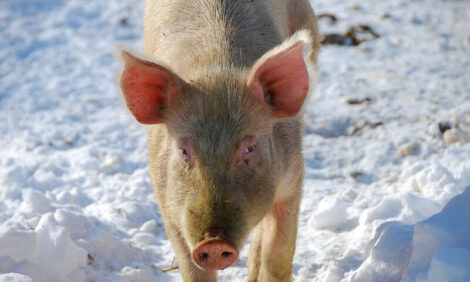



Crossroads for hog farm clean-up
NORTH CAROLINA - During the 1980s and '90s, North Carolina became the second-largest "hog state" behind Iowa. It did so on the strength of factory farming methods that are a world removed from the days when hogs were left to wallow and root around in the open.The animals are kept penned in barns, their diets strictly controlled. And a farm with hogs by the hundreds must cope with humongous quantities of stuff that humans typically get rid of by pushing a little chrome handle.
It was because of the challenges of waste disposal that the growth of hog farming rapidly became an environmental and public health issue of the first magnitude.
The state required farms to use a lagoon system, by which waste was washed out of the barns into outdoor holding ponds. Diluted by rainwater, the liquid would be sprayed on fields as fertilizer. Bacteria would help break down what remained.
It was a cheap disposal method and it worked OK -- except when lagoons ruptured after heavy rains, or when polluted runoff seeped its way into streams. The mid-'90s saw a string of calamities that spurred the state into action.
One of the actors was Mike Easley, then attorney general and now governor. He negotiated an agreement with two large pork companies to funnel corporate money into waste disposal research.
The idea was to come up with alternatives to lagoons that were both environmentally superior and affordable. The companies pledged to convert their farms if alternatives meeting those conditions were found.
The research effort was centered at N.C. State University. After five years, several technologies were identified that would improve on the lagoons and sprayfields from an environmental standpoint.
Source: NewsObserver








